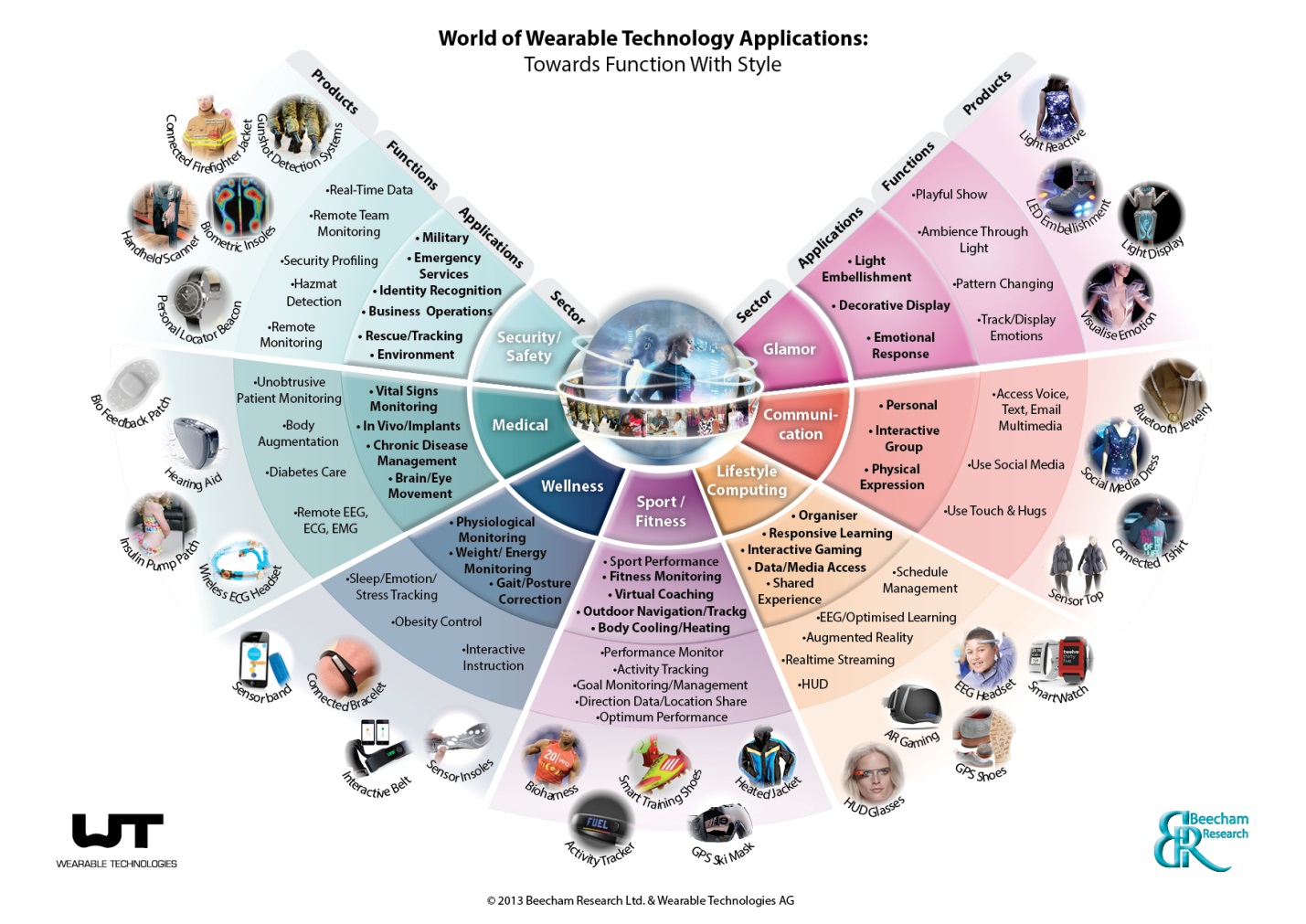How the Internet of Things (IoT) Affects SIP Trunking’s Future
“There is no one sector where the Internet of Things is making the biggest impact; it will disrupt every industry imaginable.”
– Daniel Burrus of Burrus Research.
Surely, the Internet of Things (IoT) will affect SIP trunking but, how?
How about some background first.
Resistance Is Futile
The Internet of Things (IoT) will connect trillions of mobile devices to the cloud with infinite possibilities for the data that is collected.
The “things” making up the IoT are embedded with sensors and network connectivity.
We’ve already assimilated to this connected technology, even if you haven’t stopped to realize it.
The devices themselves aren’t embedded into us quite as deeply as The Borg (that alien race from Star Trek) but, when check out this graphic of wearable technology you’ll get a picture of how big a role they already play in our daily lives:
Resistance is futile – that’s what The Borg said. And really, you can’t resist IoT.
Even if you’re not wearing a piece of technology (and you probably are because these smartphones we can’t live without certainly count as a pice of the IoT pie) you’ll still be surrounded by thousands of trackable devices in an urban environment.
Connecting Virtual to Physical
Copper phone lines are what we traditionally consider to be a telephone line.
Before SIP, voice calls were carried over those copper lines on the Public Switched Telephone Network (PSTN), a physical network with physical connections.
SIP trunks on the other hand, are virtual phone lines that uses the same internet for phone calls that the Internet of Things relies upon for transmitting data.
So you can see how there might be a conflict of bandwidth.
IoT, CoSIP, and the Future of SIP Trunking
The shear volume of devices that can be connected via IoT poses a potential surge of data flowing across the internet that needs to be scaled properly scaled.
Already in the works is the experimentation of the CoSIP protocol.
The paper, A Session Initiation Protocol for the Internet of Things, from the SCPE scientific journal, provides a detailed explanation of CoSIP benefits:
The CoSIP protocol is a constrained version of the SIP protocol intended to minimize the amount of network traffic, and therefore energy consumption, targeted for IoT scenarios…The results show that applications that use CoSIP can outperform other SIP- and CoAP-based applications in terms of generated network traffic: SIP signaling can be compressed of nearly 50% using CoSIP…
The team at CoSIP.org, who are also the writers of the aforementioned paper, explain that since Internet Protocol (IP) appears to be the communication method of choice for IoT, “an effort to bring IP connectivity to smart objects and define suitable communication protocols (i.e. Constrained Application Protocol (CoAP)) is being carried out…”
Therefore in the future it’s very probable that we’ll see a lighter, cheaper, faster version of SIP called CoSIP “whose intent is to allow constrained devices to instantiate communication sessions in a lightweight and standard fashion.”
We rely on the internet more and more each passing day for things that we may not have dreamt were possible years ago. However, the fact that we still need to communicate with each other and make phone calls has not changed.
Making phone calls over the internet via SIP trunks can only improve and gain new functionality with the fascinating evolution of IoT.
